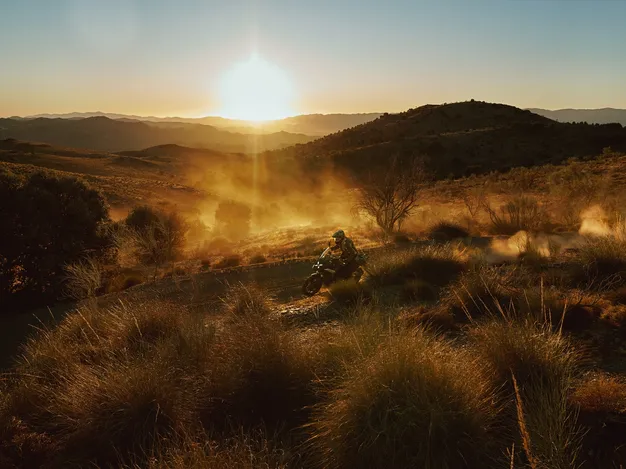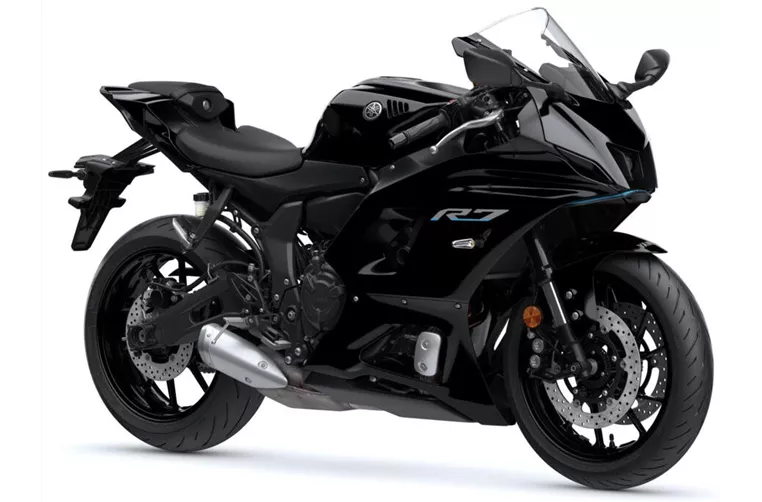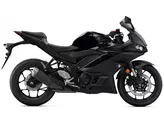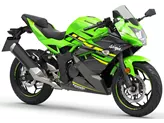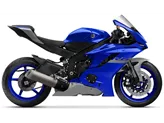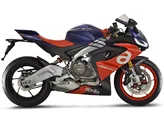Yamaha R7 2021 vs. Yamaha YZF-R6 2017
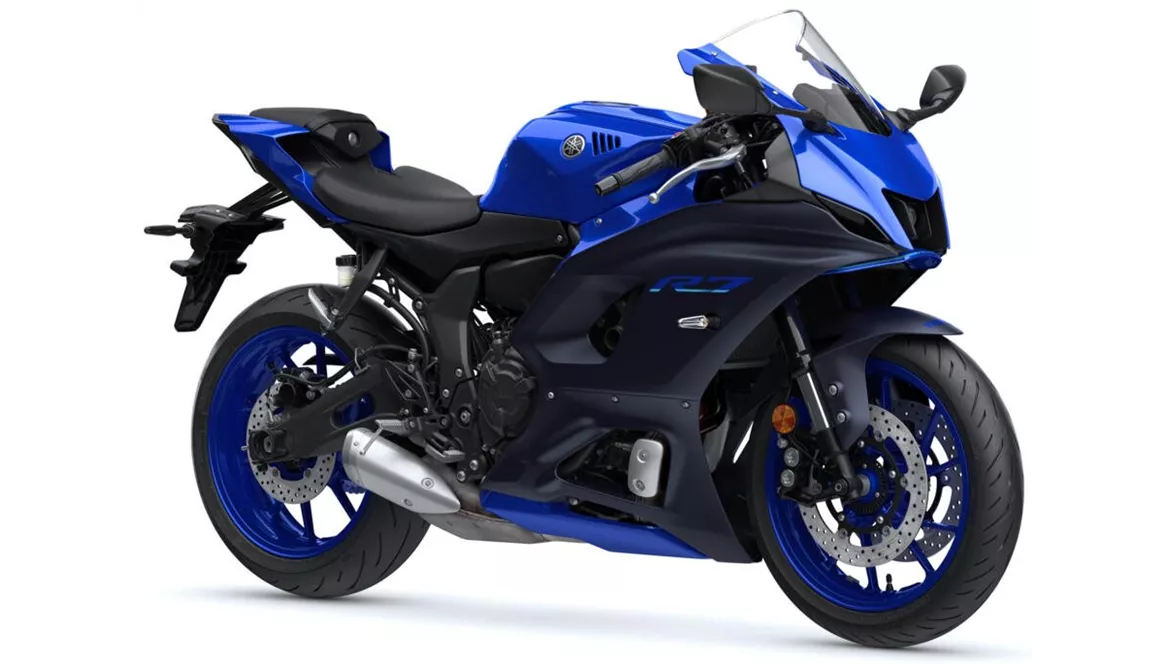
Yamaha R7 2021

Yamaha YZF-R6 2017
Overview - Yamaha R7 2021 vs Yamaha YZF-R6 2017
The Yamaha R7 model year 2021 and the Yamaha YZF-R6 model year 2017 are both supersport motorcycles with their own unique features and specifications.
Starting with the engine and drive train, the Yamaha R7 2021 has a bore of 80 mm and a stroke of 68.6 mm, while the Yamaha YZF-R6 2017 has a smaller bore of 67 mm and a stroke of 42.5 mm. In terms of engine power, the R7 produces 73.4 HP compared to the YZF-R6's more powerful 124 HP. However, the R7 compensates for its lower power with a higher torque of 67 Nm compared to the YZF-R6's 65.7 Nm. The compression ratio of the R7 is 11.5, while the YZF-R6 has a higher compression ratio of 13. Both motorcycles have 2 cylinders and 4 valves per cylinder with DOHC technology. The R7 has a larger displacement of 689 ccm, whereas the YZF-R6 has a smaller displacement of 599 ccm.
Moving on to the suspension, both motorcycles feature upside-down telescopic forks in the front. The chassis of the R7 is made of steel, while the YZF-R6 has an aluminum frame. Both motorcycles have double disk brakes in the front, ensuring strong and direct braking performance.
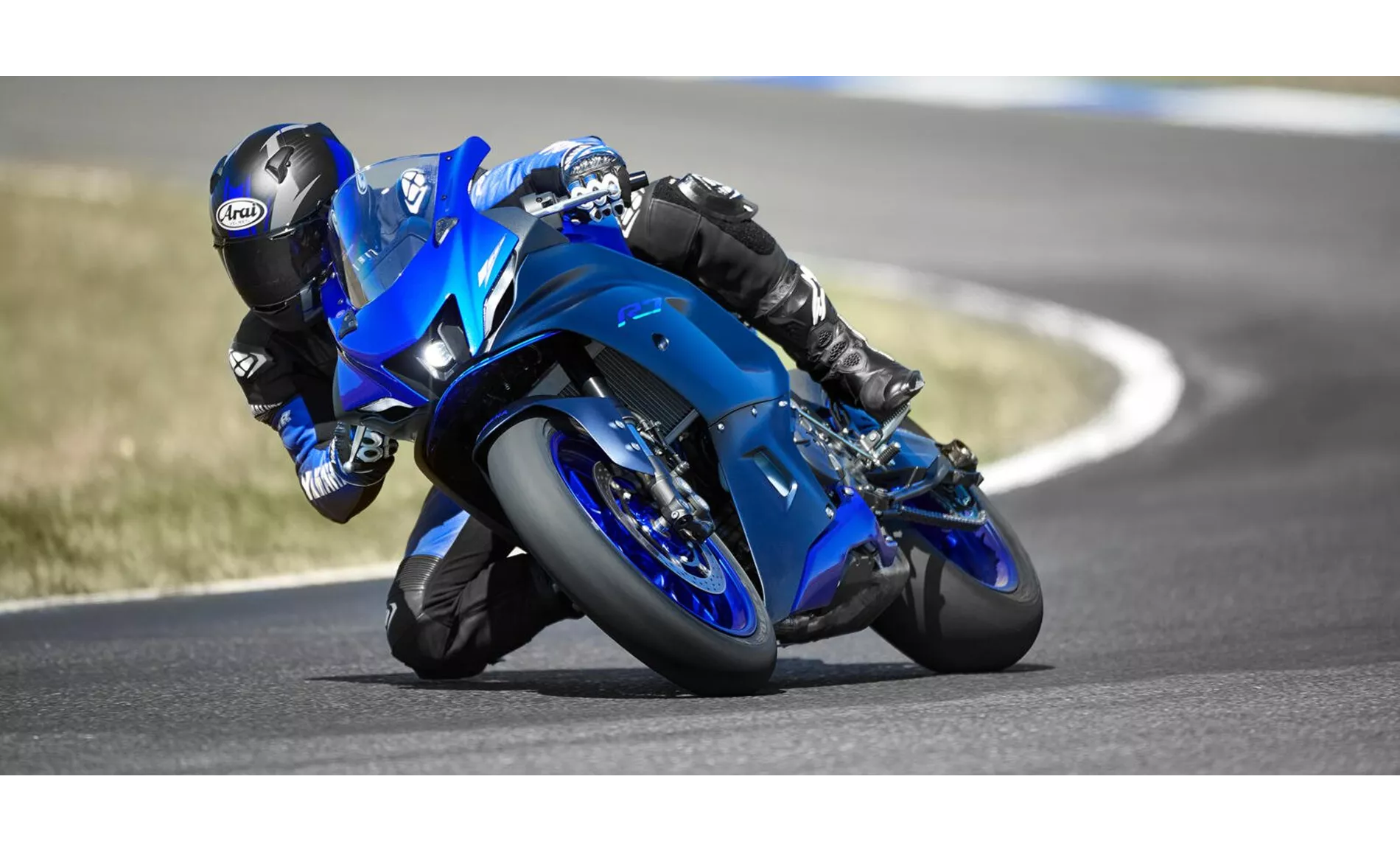
Yamaha R7 2021
In terms of dimensions and weights, the front tire width and diameter are the same for both motorcycles, measuring 120 mm and 17 inches respectively. The rear tire width and diameter are also the same, measuring 180 mm and 17 inches respectively. The wheelbase of the R7 is slightly longer at 1395 mm compared to the YZF-R6's 1375 mm. The fuel tank capacity of the R7 is 13 liters, while the YZF-R6 has a larger fuel tank capacity of 17 liters.
Now, let's discuss the strengths of each motorcycle. The Yamaha R7 2021 is praised for its high-torque CP2 engine, providing strong acceleration. It also offers a sporty riding position, allowing the rider to fully engage with the motorcycle. The suspension set-up of the R7 is well-tuned, providing a comfortable and controlled ride. Additionally, the R7 comes with standard tires that offer good grip. Overall, the R7 is considered a good entry-level trackday bike.

Yamaha YZF-R6 2017
On the other hand, the Yamaha YZF-R6 2017 has its own strengths. It is known for its strong and direct brakes, ensuring excellent stopping power. The sharp looks of the YZF-R6 make it stand out on the road. It also features an automatic gearshift, making gear changes smoother and easier. The YZF-R6 provides good wind protection, enhancing rider comfort during high-speed riding. The precise handling of the YZF-R6 allows for agile and responsive maneuvering. Lastly, the YZF-R6 offers high transparency, allowing the rider to easily read the instrument panel.
However, both motorcycles have their weaknesses as well. The Yamaha R7 2021 lacks a quickshifter as standard, which would have been a nice addition for smoother gear changes. On the other hand, the Yamaha YZF-R6 2017 has a radical seating position that may not be suitable for long touring rides. Additionally, the standard power output of the YZF-R6 is lower at 118.4 HP, and upgrading the motorcycle to increase power can be cost-intensive.
In conclusion, the Yamaha R7 2021 and the Yamaha YZF-R6 2017 are both impressive supersport motorcycles with their own unique features and strengths. The R7 offers a high-torque engine, sporty riding position, and good entry-level trackday performance. On the other hand, the YZF-R6 provides strong brakes, sharp looks, and precise handling. Ultimately, the choice between these two motorcycles depends on the rider's preferences and intended use.
Technical Specifications Yamaha R7 2021 compared to Yamaha YZF-R6 2017
Pros and Cons in comparison
Pros and Cons in comparison
Yamaha R7 2021
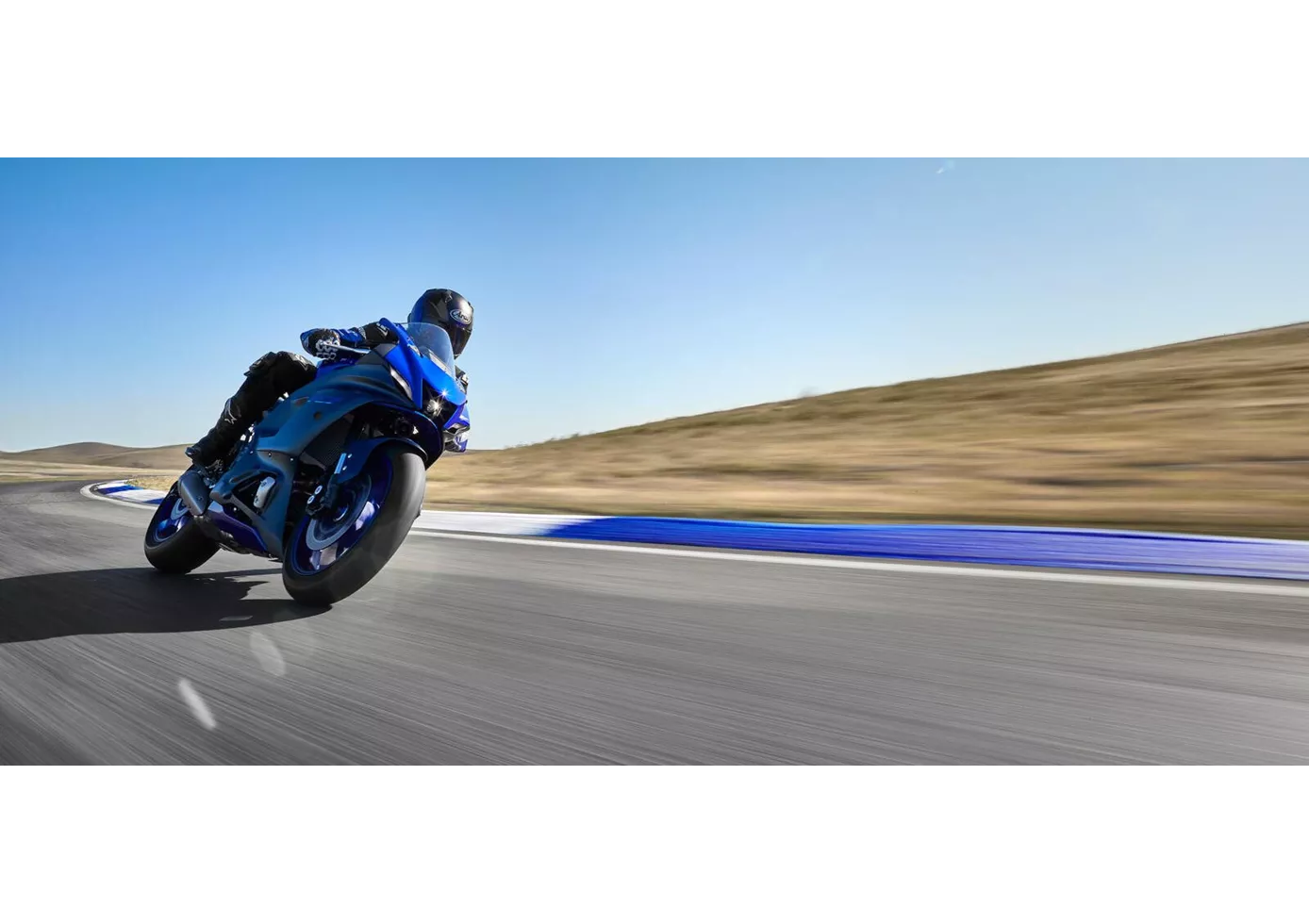
Despite the rather idiosyncratic combination of the sensible 73.4 hp mid-range power unit and the extremely aggressive, sporty look, the R7 is by no means a sheep in wolf's clothing. The performance, which is somewhere between the R3 and the R6, turned out to be much stronger in practice than the pure values on paper would suggest, and in terms of geometry, chassis, brakes and tyres, Yamaha's engineers have really done their homework. On top of that, the Yamaha R7 has all the qualities to have a lot of fun out-of-the-box on a compact race track like the Pannoniaring, for example, even without a big investment. But of course it feels better on the country road, and that's where it belongs in the first place, in our opinion. In view of the overall package, the purchase price is more than fairly priced - so it's not a problem that the quickshifter is not included and has to be purchased as an option.
Yamaha YZF-R6 2017

The Yamaha R6 2017 is still a visually and dynamically radical supersport motorbike that is one of the best and probably the last of its kind. The EURO4 standard costs the 599 cubic in-line four-cylinder with titanium valves a whole 11 hp compared to the 2007/2008 model. Yamaha is clearly targeting hobby, amateur and professional racers who don't care about standard performance anyway. With more than 50 accessories, the R6 can be upgraded according to need and budget. However, everyone should be aware that this can cost a lot of money.
Price Comparison Avarage Market Price Yamaha R7 vs Yamaha YZF-R6
There are a few key differences between a Yamaha R7 2021 and a Yamaha YZF-R6 2017. It takes less time to sell a Yamaha YZF-R6 with 136 days compared to 161 days for the Yamaha R7. Since model year 2021 1000PS.de editors have written 9 reviews for the Yamaha R7 and 33 reviews for the Yamaha YZF-R6 since model year 2005. The first review for the Yamaha R7 was published on 5/18/2021 and now has more than 92,800 views. This compares to more than 3,600 views for the first review on Yamaha YZF-R6 published on 10/17/2002.
